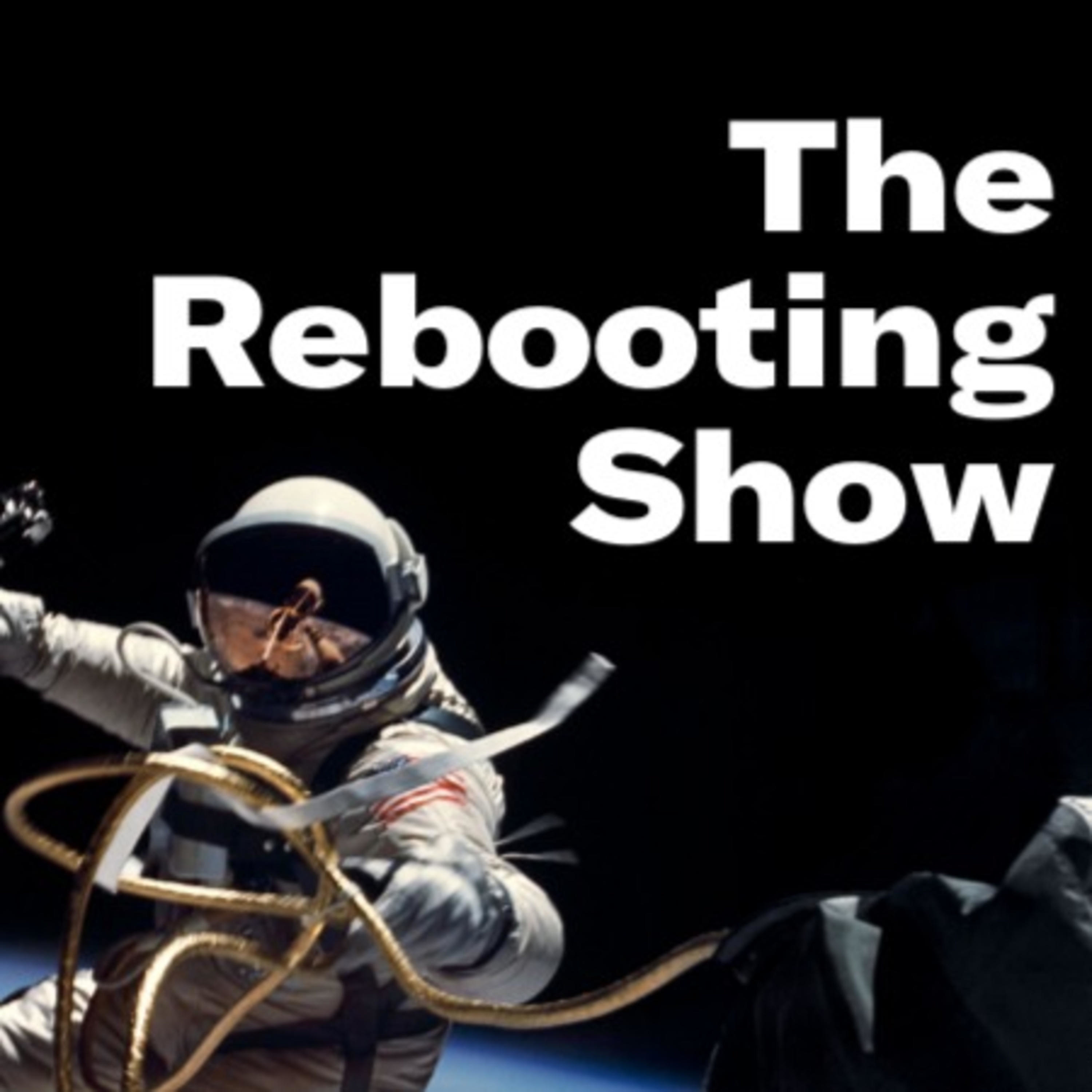

The Rebooting Show
Brian Morrissey
The Rebooting Show gets into the weeds with those building and operating media businesses, giving an open view into how the smartest people in the media business are building sustainable media businesses.
https://www.therebooting.com/ (www.therebooting.com)
https://www.therebooting.com/ (www.therebooting.com)
Episodes
Mentioned books

13 snips
Dec 18, 2025 • 45min
What we learned about media in 2025
Sara Fischer, Axios media correspondent, and Lachlan Cartwright, founder of Breaker, delve into the shifting landscape of media in 2025. They discuss the rise of personality-driven journalism and the pressures facing legacy newsrooms amid political and AI challenges. Lachlan shares insights from Breaker's launch and monetization strategies, while Sara emphasizes the importance of team building for sustainable newsletters. They also analyze significant industry deals, workforce unrest, and the evolving role of journalists in today's creator economy.

22 snips
Dec 16, 2025 • 52min
Inside The Washington Post's product strategy
In this discussion, Vineet Khosla, CTO at The Washington Post with an impressive tech background from Apple and Uber, shares insights on transforming journalism. He explores shifting from traditional perfection to an iterative approach, emphasizing the need for personalized and conversational formats. Vineet argues for media outlets to become platforms rather than mere content suppliers to tech giants. He also highlights the potential of AI in journalism, predicting it will handle summarization while human journalists retain their critical roles.

Dec 11, 2025 • 44min
The post-pageview media model
Jason Wagenheim, North American CEO of Football Co. and a seasoned media executive, shares his insights on the evolving media landscape. He discusses the decline of traditional publishers and the urgent need for a shift toward creator-led video and social media. Jason highlights how the World Cup serves as a significant commercial opportunity for soccer in the U.S., and he explains strategies for engaging audiences through experiential content. The conversation reveals how soccer’s cultural rise is shaping modern storytelling and media business models.

33 snips
Dec 9, 2025 • 41min
The AP's pivot to tech
Kristin Heitman, Chief Revenue Officer at the Associated Press, is steering the organization into the tech landscape, moving from a newspaper-focused model to one where tech companies now account for 15-20% of revenue. She discusses how the AP is adapting its licensing strategies for AI and other tech needs, emphasizing the importance of recency for accurate AI outputs. Heitman shares insights on negotiating with tech firms, expanding into new markets, and the AP's commitment to maintaining its independence while evolving its offerings.

36 snips
Dec 4, 2025 • 52min
Building a post-scale media company
Jasper Wang, COO and co-founder of Defector, a worker-owned sports media company, delves into the unique structure of Defector that emerged from the Deadspin walkout. He discusses the cooperative governance model and its impact on stability, boasting zero turnover over five years. The conversation covers challenges like subscriber ceilings and ideological limits on growth, while highlighting the benefits of worker ownership for fostering trust and collaboration. With insights on revenue diversification and support for journalist collectives, Jasper offers a refreshing take on the future of independent media.

18 snips
Dec 2, 2025 • 57min
Caliber's Ramin Beheshti on Gen Z news
In this discussion, Ramin Beheshti, CEO of Caliber and former CTO at Dow Jones, shares insights on engaging Gen Z with news. He emphasizes the need for news formats that fit modern consumption habits, arguing that traditional web pages are outdated. Ramin discusses the launch of The News Movement on TikTok and how niche brands can outperform traditional giants in delivering timely content. He also introduces the SaySo app, a microtransaction model for on-demand news from trusted creators, aiming to reshape how young audiences receive information.

20 snips
Nov 25, 2025 • 42min
How Tangle became a $4m+ revenue, profitable news business
Isaac Saul, the founder of Tangle, a nonpartisan news outlet, shares his incredible journey from zero to a profitable business with over 70,000 paying subscribers. He details the innovative viewpoint-diverse newsletter format and discusses the importance of adding new voices to avoid creator burnout. Isaac also dives into the significance of multimodal distribution, balancing growth with content quality, and building resilience against advertising revenue variability. His insights pave a compelling path for the future of media.

27 snips
Nov 20, 2025 • 44min
The Schneps Media local news playbook
Josh Schneps, a media entrepreneur and CEO of Schneps Media, discusses his family's journey in transforming a local newspaper into a thriving multi-platform business. He emphasizes how blending print, digital, and events has fueled their success. Josh highlights the significance of community ties, the vital financial role of print, and the strategic acquisitions that expanded their reach. Insights into adapting to audience shifts and leveraging events for engagement underscore his belief that human connection will endure, even in a tech-driven landscape.

14 snips
Nov 18, 2025 • 54min
Inside The Economist’s Ferrari strategy
Luke Bradley-Jones, President of The Economist, shares insights on leveraging luxury branding with strategies inspired by Ferrari. He discusses the importance of premium content over mass subscriptions, emphasizing quality journalism. Luke reveals how The Economist is modernizing with video initiatives while preserving its core values and editorial standards. He also addresses the challenges posed by AI and the need for distinctive storytelling in a crowded media landscape, aiming to enhance subscriber experiences without compromising integrity.

48 snips
Nov 11, 2025 • 54min
How the NYT makes subs and ads work together
Joy Robins, Chief Advertising Officer at The New York Times, shares insights on blending subscriptions and advertising effectively. She reveals how a subscriber-first approach enhances engagement, trust, and valuable data for advertisers. Joy discusses the expansion into lifestyle products like Cooking and The Athletic to attract diverse marketers. Video is highlighted as a pivotal focus area, while innovative print strategies continue to thrive. She also touches on the role of generative AI in enhancing targeting and sales productivity, showcasing a modern media landscape.


